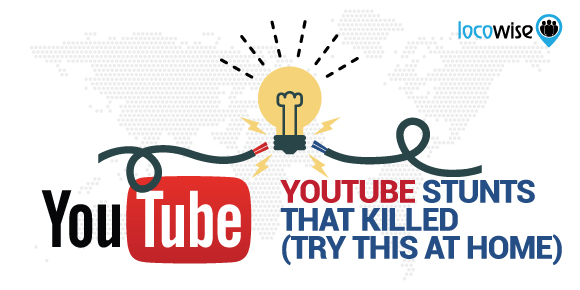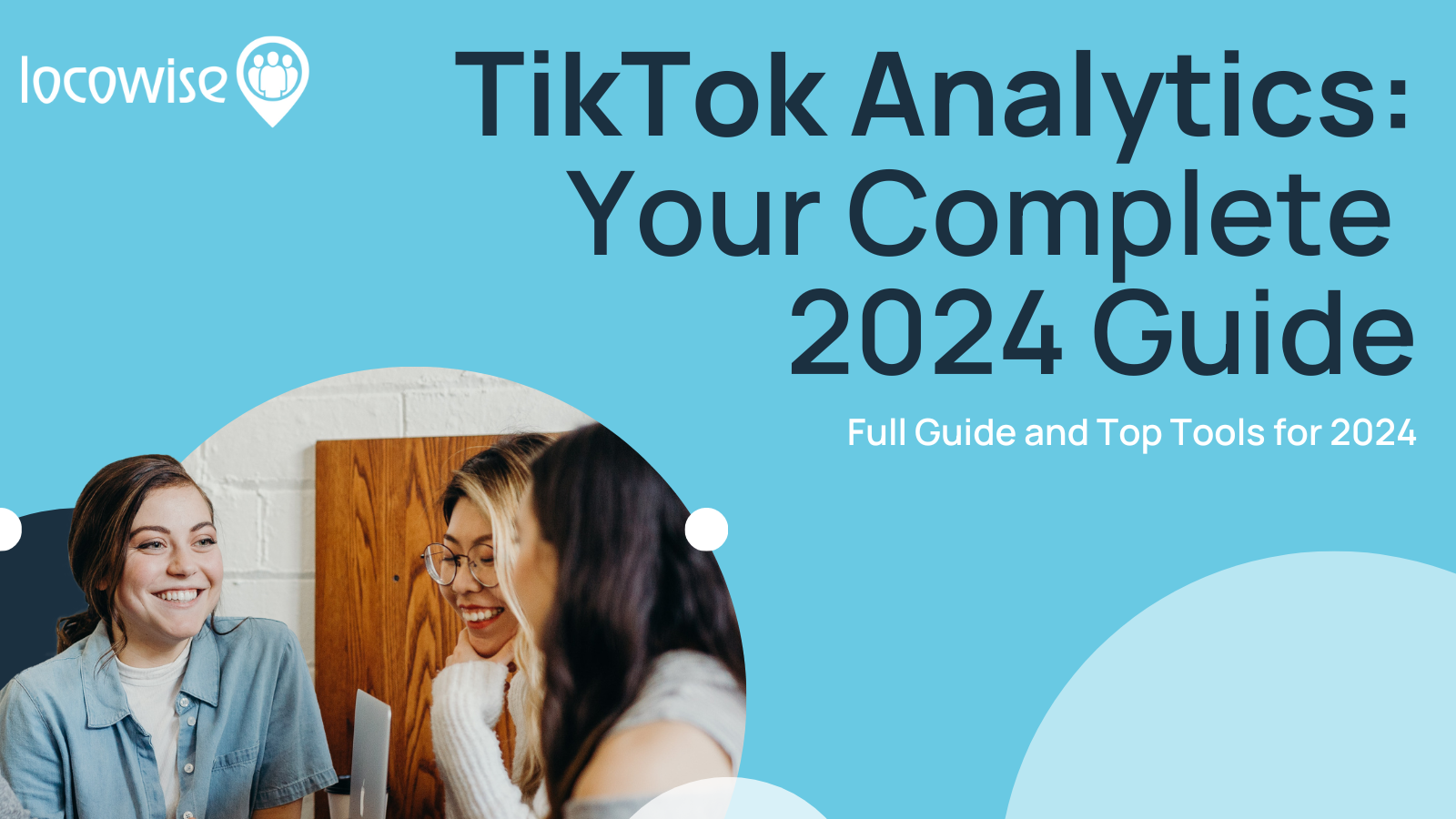YouTube Stunts That Killed (Try This At Home)
Catherine Hayden posted on 10 March 2017
Video marketing isn’t an option. It’s an essential.
YouTube has enormous reach, a very broad demographic, and is the ultimate marketing channel for international brands.
If you have the budget to create great video content, there’s no reason for a brand not to be on YouTube and use it to boost social media – and the other way around.
The more creative you get the better. When YouTube marketing stunts work, they kill.

First, The Stats
According to YouTube, the video streaming service has over a billion users. That means almost one-third of all people who are online watch YouTube content. That’s an impressive statistic. Possibly more impressive is the fact that more Americans aged 18-49 watch YouTube content than cable TV.
Other stats you need to know:
Over half of YouTube views come from mobile device users
There are local YouTube channels in more than 88 countries
YouTube can be navigated in 76 languages – that covers 95 percent of the internet population
Most YouTube viewers using smartphones spend 40 minutes on the platform each time they visit
YouTubers watch almost 50,000 hours of YouTube content a year
81 percent of US millennials watch YouTube
58 percent of US Gen X-ers are on YouTube
43 percent of US baby boomers view YouTube content
YouTube is considered the second-largest search engine after Google and the third-most visited website behind Facebook. What it has that Google and Facebook don’t have is longevity. The greatest YouTube campaigns, like powerful TV ads and radio jingles in the past, aren’t quickly forgotten by consumers.
The Best of 2017?
Because the year is new, this article is mostly about YouTube content that is so good it’s perennial. Here is number one on our list of potential best YouTube stunts of 2017, though. Why do we love it? It involves one floating ice carousel, four crazy Finns, and two flares. And it’s going to make money.
‘World fastest ice carousel’
This video got over 57,000 views in two days.
https://www.youtube.com/watch?v=hZK3RBJ4P8I
Hydraulic Press Channel was launched by Finnish factory owner Lauri Vuohensilta and his wife Anni in 2015. They stopped posting soon after when Vuohensilta tried unsuccessfully to fold a piece of paper more than seven times with a hydraulic press. (The paper exploded at the seventh fold). But when he later posted the video to Reddit, it got more than 2 million views within 24 hours. Hydraulic Press Channel now has 1.4 million subscribers.
Lauri and Anni have since started a clothing company based on episodes of Hydraulic Press Channel. Something they did for fun has led to countless brand partnerships, a second channel, and over 1.4 million subscribers.
The take away: Be as bizarre as your brand will let you be. Remember that brand partnerships work, as does a subtle approach. The ice carousel video promotes Finnish stunt group the Dudesons, but lacks the kind of hard sell that would put Vuohensilta’s fans off.
The Classics
Of all of the stunts that have rocked the world of YouTube and stayed in our memory long after, these are definitely some of the most impactful.
Shock Tactics
Everyone feels warm and fuzzy inside when marketers help raise money for a good cause. In 2013, as part of a campaign to end 7 diseases by 2020, charity END7 used shock value to create a YouTube video that raised £60,000 in one day.
They created a disturbing video and then filmed celebrities’ shocked faces while watching it. The non-profit organisation then posted it to YouTube, with a call to action in the form of a challenge: viewers were invited to keep watching to see what the celebrities had just seen. This really is not for the faint of heart.
https://www.youtube.com/watch?v=sYimJKg9QiE
The good news is that the £60,000 the video raised was three times the budget it took to create the campaign. Over 300,000 people watched the clip, and over 75 percent stayed tuned in for over two minutes.
The take away: Shock value works, especially when combined with celebrities that your audience relates to.
‘Fooled you’ – Microsoft
The original YouTube stunt, the ‘Megawhoosh kiddie pool jump’ video, dates all the way back to August 2009. The clip shows a man belly-flopping down a slippery slide, catapulting himself into the air with a quarter-pipe jump, and landing in a kiddie pool a few hundred metres away. The video notes say: ‘Bruno Kammerl built the biggest waterslide on earth and the test run was more than successful 🙂 Watch it!’
https://www.youtube.com/watch?v=lkwh4ZaxHIA
Until it was revealed that this was a stunt to promote Microsoft in Germany, people fell for it. To date the video has had 6,939,367 views. There are 675 subscribers to the channel belonging to the fake ‘Mr Kammerl’ and people are still posting on the comments to this day. The last comment on the Megawhoosh jump was in January 2017 – eight years after Microsoft released it.
The take away: Use awesome video editing to create something crazy that’s only just believable. Ads that don’t immediately seem like ads work. Real people like Bruno Kammerl, even if they’re fake, get views.
Really Don’t Do This At Home
Like Microsoft’s brilliant Megawhoosh ad, Red Bull uses a real person in their Danny MacAskill Imaginate campaign (except the stunts are as real as Danny MacAskill is). It took Red Bull two years to make this video with real stunts that didn’t fail.
https://www.youtube.com/watch?v=Sv3xVOs7_No
To date the video, which was posted to YouTube in 2013, has 63,381,141 views and almost 400,000 likes. At the end of the video you’re prompted to click on a video that shows the making of it, featuring the kinds of fails men of almost any age love watching.
Adrenaline-fuelled content like this earned the Red Bull YouTube channel a billion total views in six years.
The take away: Show, don’t tell. Appeal to people’s emotions. Fans of energy drinks really buy into the brand’s adrenaline-fuelled stunts and the story of a real man living his dreams (with a moving, if cheesy, soundtrack) is very evocative.
Pepsi’s Bus Stop
In this 2014 campaign that sticks in most marketers’ minds, Pepsi turned a London bus shelter into an augmented reality prank that won a Webby.
https://www.youtube.com/watch?v=Go9rf9GmYpM
A live video feed to an HD screen made it look like one side of the bus stop was giving commuters a clear view of the street. 3D animations were mapped over this to surprise Londoners with alien tentacles, crashing meteors, and robots firing lasers. People filmed what they were seeing with their smartphones and shared the footage over social media until news agencies picked up on the stunt.
The YouTube video that captures people’s reactions to what they thought they were seeing got a total of 7,727,785 views.
The take away: Engagement is everything. Take on technology trends to generate PR buzz, boost involvement, and guarantee sharing. Also: everyone enjoys a laugh.
How To Do It Yourself
If you’d like to make your own social media campaigns stand out with some powerful video content on YouTube, follow these tips closely:
Be realistic about budget. If your budget is small, augmented reality stunts aren’t really an option. Creativity, video editing, and brand partnerships are.
Make sure your video is what your demographic wants. While everyone enjoys a prank, not everyone appreciates swearing (see the Beyond The Press video).
Make your video shareable. Focus on being unique, funny, shocking, and/or emotive.
Think of engagement beyond social media metrics. How can you get real people actively involved in your campaign, engaging in a hands-on way?
Avoid the hard sell. The old writers’ maxim ‘show, don’t tell’ is especially important on YouTube. Be real.
Share so that others share – target all of your influencers and PR connections with incentive to spread the word about your amazing new video.
Optimise Your Channel
People are more likely to find your YouTube video if you optimise your channel. Optimising a YouTube channel is a lot like optimising a social media profile. Make sure you fill in the important information, use great copy, and spread the word.
Name your YouTube account like you’d name a Twitter account. Keep it short and catchy. Once you’ve filled in your name, the most obvious detail, look at your description. You want to use keywords here to describe what your channel is about.
It’s best to use keywords that are generated using Google’s keyword planner for advertisers. The search engine and the video-sharing platform are designed to work very well together, and all copy (even the names of videos) should be optimised for search.
While YouTube isn’t generally considered a social media tool, in many senses it is. Done properly, YouTube marketing can do as much for your social media as your social media can do for it.



